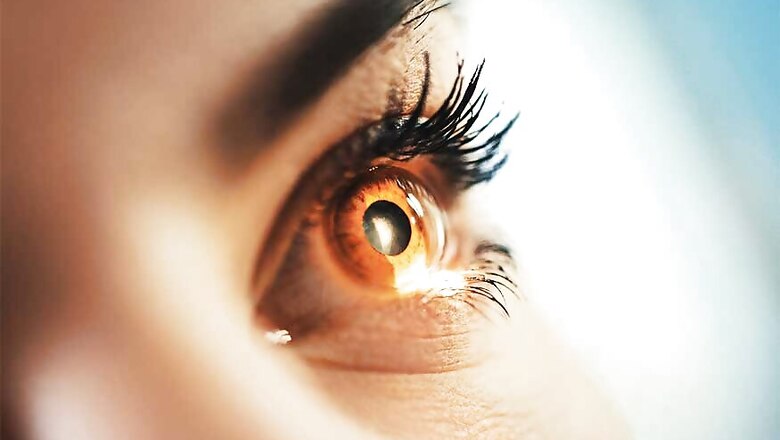
views
To track level of alertness during work, a team of researchers has developed a tool that tracks alertness by measuring pupil size, captured through a burst of photographs taken every time users unlock their smartphones.
The findings, published in the journal ACM Digital Library, showed that the pupil-scanning reliably predicted alertness.
"Since our alertness fluctuates, if we can find a pattern it will be very useful to manage and schedule our day," said lead author Vincent W.S. Tseng from the Cornell University in New York.
Traditional methods of analysing alertness tend to be cumbersome, often including devices that must be worn. Researchers wanted to create a way to measure alertness unobtrusively and continuously.
"Since people use their phones very frequently during the day, we were thinking we could use phones as an instrument to understand and measure their alertness," Tseng said.
"And since people's eyes are affected by their alertness, we were thinking that when people are looking at their phones, we could use a moment to measure their alertness at that point," Tseng added.
When people are alert, the sympathetic nervous system causes the pupils to dilate to make it easier to take in information. When they're drowsy, the parasympathetic nervous system causes the pupils to contract, the team said.
For the study, the research team included two studies conducted over two years.
The new tool could be particularly useful in health care, since medical professionals often work long hours doing intricate and important work. For example, clinicians typically look at devices during surgery, and a front-facing camera on the devices could track their alertness throughout procedures, Tseng said.
But understanding alertness patterns could be helpful to people in many kinds of workplaces, Tseng added.
















Comments
0 comment